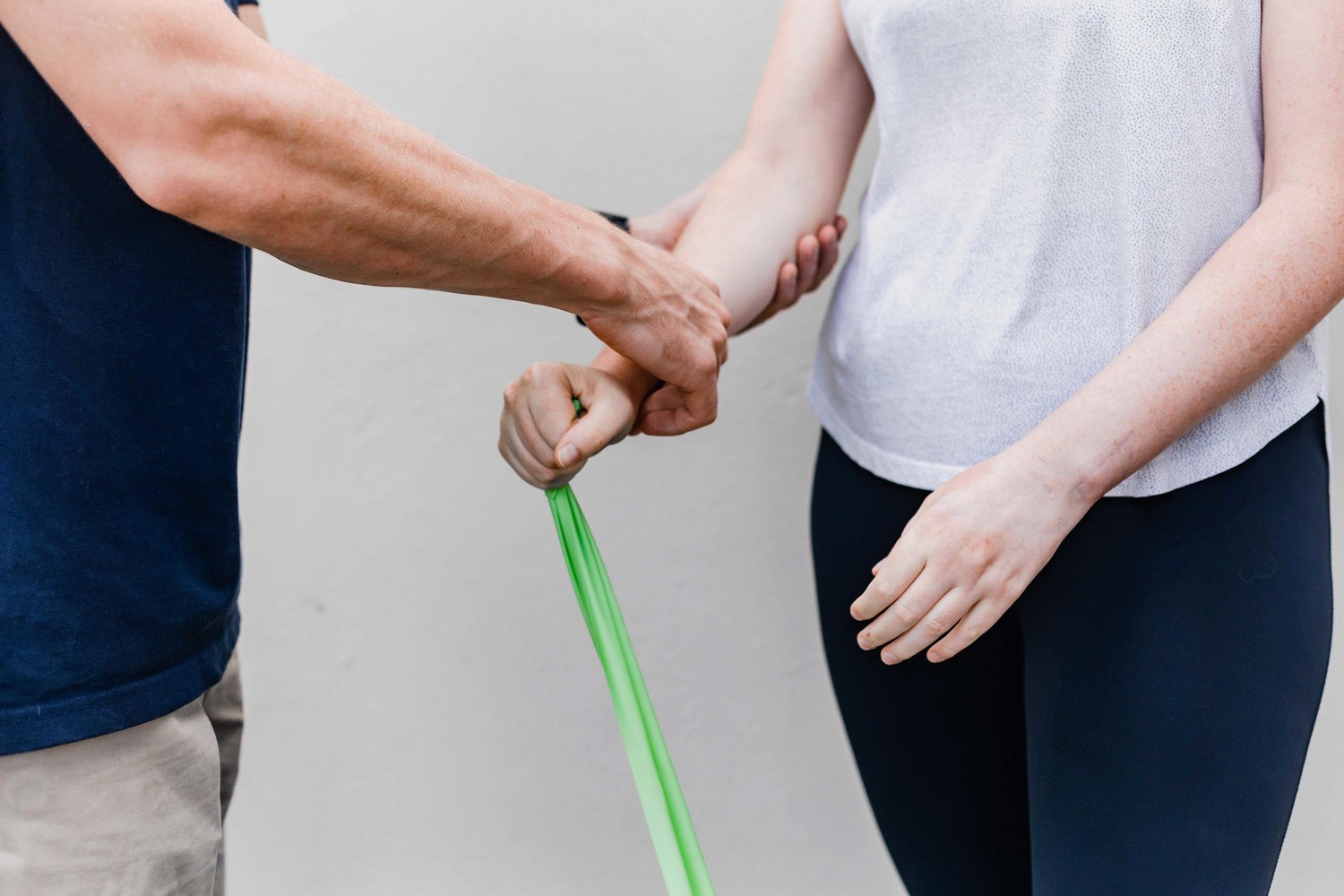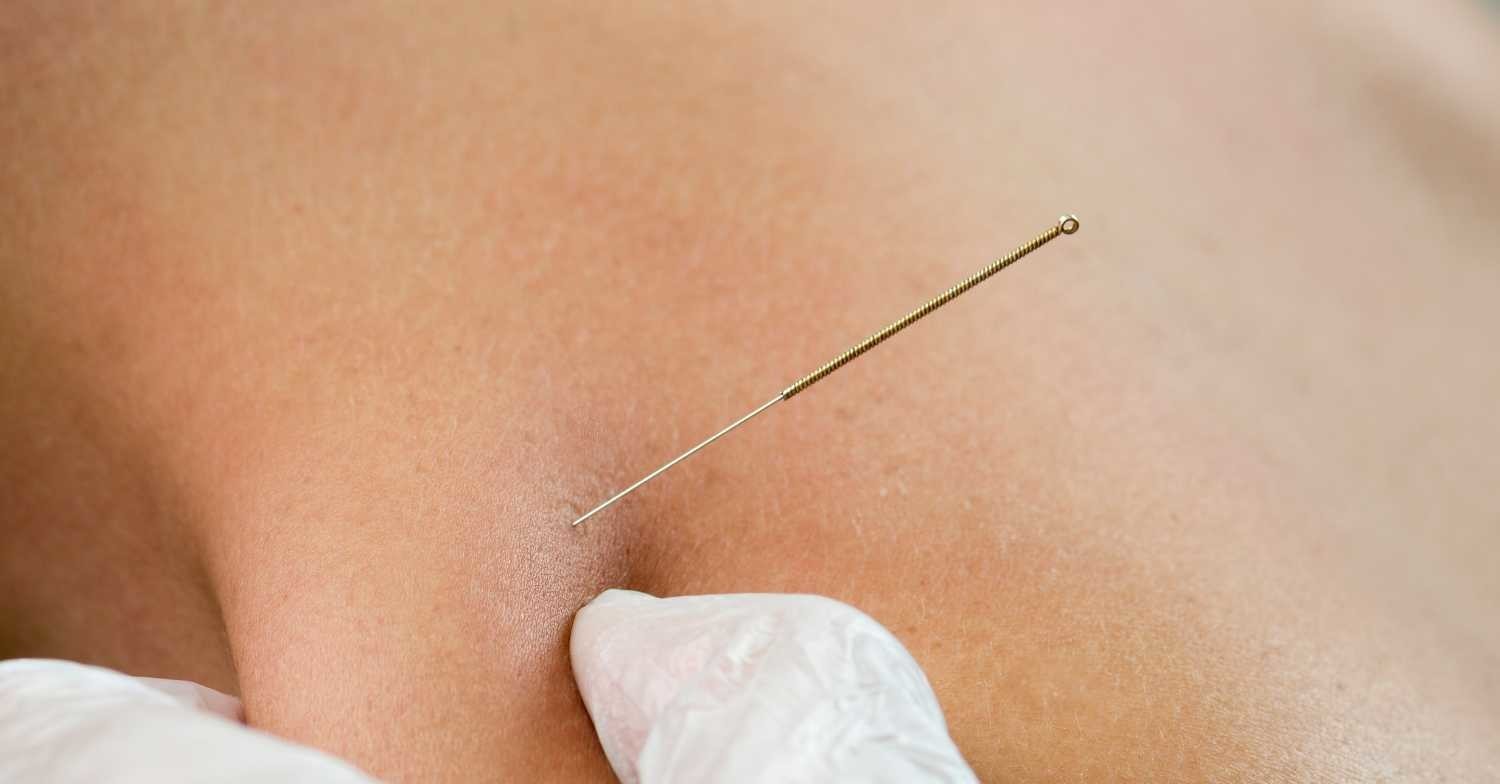
The technique involves inserting small, sterile, disposable needles directly into the painful muscles. These are similar to acupuncture needles and cause a mild localized injury, creating a reflex response that releases chemicals into the surrounding tissues. These chemicals cause the surrounding muscle fibers to relax and stretch, relieving pain and improving mobility.

To learn more about Gunn IMS and how it can help you, book an appointment with a physiotherapist at Amped Physiotherapy today.

(613) 822-9922

Monday - Thursday: 7:00am - 8:00pm
Friday: 7:00am - 6:00pm